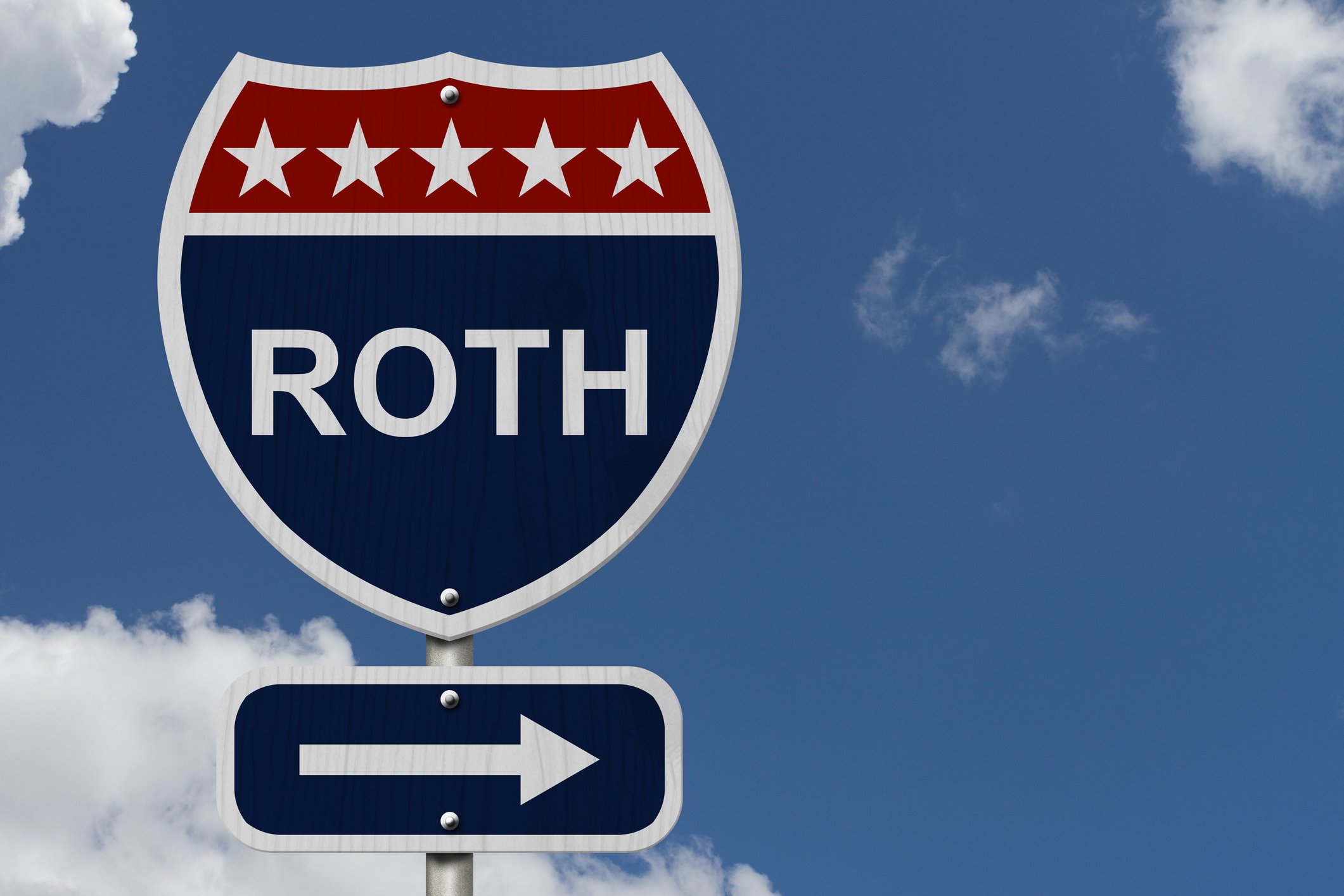Doing a Roth IRA conversion lets you earn unlimited tax-free growth for as long as your money stays in the retirement account. But one of the biggest benefits of a Roth IRA conversion is that if things don't go the way you planned, then you have as long as 21 months to change your mind and undo the conversion. This process is called Roth IRA recharacterization, and there are several reasons when it makes sense to consider using recharacterization to reverse a Roth IRA conversion.

Image source: Getty Images.
1. Your investments have fallen in value since you did the Roth conversion
The whole point of doing a Roth conversion is to enjoy tax-free growth. If your assets don't actually grow, then you don't get any benefit from having money locked up in the Roth IRA.
Even worse, the tax bill from doing a Roth conversion is based on the value of the assets at the time of the conversion. So if you converted a traditional IRA worth $50,000 into a Roth and the value of the Roth assets subsequently fell to $40,000, you'll still have to include the full $50,000 as taxable income in the year of conversion.
You can't make back your losses by recharacterizing, but you can at least avoid the adverse tax hit. If you recharacterize, the remaining assets will go back to their original source. For tax purposes, it will be as if the conversion had never happened, with no need to include the converted amount in income. If you then decide to do another conversion in a subsequent tax year, the new lower value will determine how much you have to include in income. In the example above, a future conversion might lead to taxable income of just $40,000, saving you taxes on the $10,000 difference.
2. You don't have the cash to pay the taxes on the converted amount
One thing that many people neglect when they do a Roth IRA conversion is how they'll pay the resulting tax. Including the converted amount in taxable income incurs additional tax for most taxpayers, and you have to plan for that added tax burden or else face other problems.
The worst thing to do is to take money out of your retirement accounts to pay the tax. You'll face even more taxes on the additional amount withdrawn, as well as penalties for early withdrawal if you're less than age 59 1/2.
If your retirement accounts are the only potential source of cash to pay the tax, it might be better just to reverse the Roth conversion through recharacterization. That way, you can take extra time to save outside money to pay taxes when you recharacterize at a later date.
3. Your current or future tax situation has changed
Finally, the decision of doing a Roth conversion hinges on a comparison of your tax rate now versus your anticipated tax rate later. If you're in a lower tax bracket now than you anticipate you'll be when you retire, then a Roth conversion makes a lot of sense. If you're in a high bracket now and expect to be in a lower bracket in retirement, then the conversion doesn't provide as many benefits.
The challenge in converting, especially if you do it early in the year, is that you won't necessarily know what your income will be. An unexpected bonus or business opportunity can boost your taxes considerably, making a Roth not as attractive. In addition, tax laws are currently in flux, with tax reform expected as early as this year. Those changes could affect not only current tax rates but future ones as well, affecting your conversion decision.
Recharacterization gives you an escape hatch if your taxes don't work the way you expected. Regardless of what causes the problem, the best move to fix it is often to recharacterize and start over.
What you need to know about recharacterization
The time limit for recharacterizing is the due date, including extensions, of the tax return for the year in which you did the conversion. So if you did a Roth conversion in 2016, you'd have until Oct. 17, 2017, to recharacterize. Those who convert now in 2017 will have until mid-October 2018 to change their mind. You don't actually have to request an extension in order to get the later deadline.
Finally, if you recharacterize, there's a waiting period before you can do another conversion on the same assets. You have to wait until the subsequent tax year to do a second conversion, and even if you recharacterize after the tax year of the conversion ended, you still have to wait at least 30 days.
Converting to a Roth IRA can be a great move, but it won't always work as well as you hoped. By recharacterizing, you can reverse your Roth conversion and put yourself in a better position going forward.
Editor's note: A previous version of this article incorrectly stated that one had to apply for an extension in order to get an October deadline for recharacterization. The author and the Fool regret the error.





